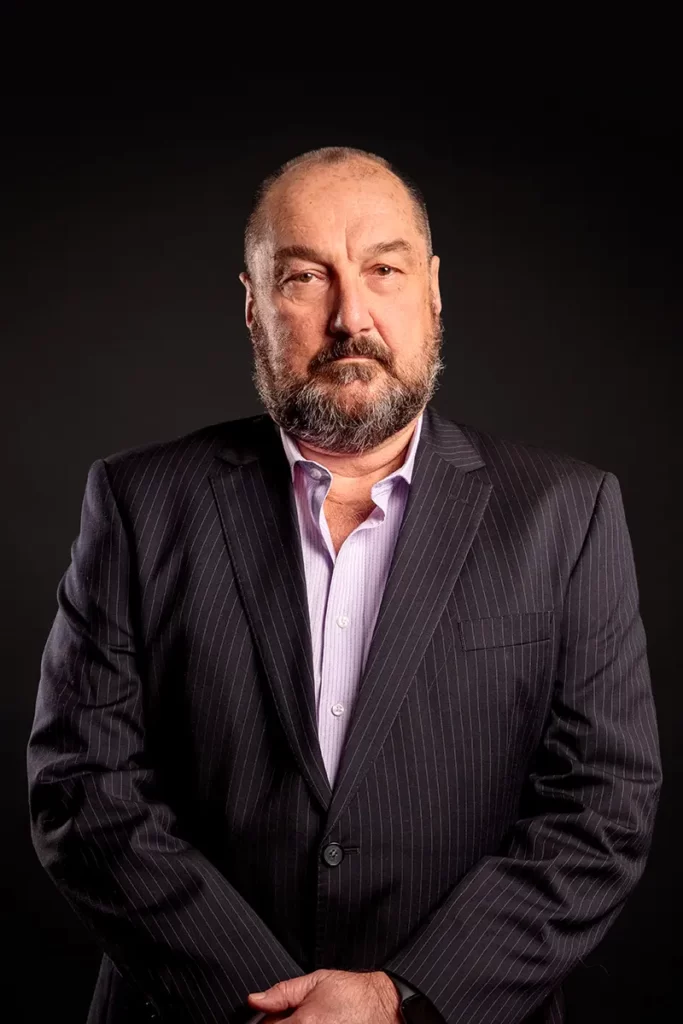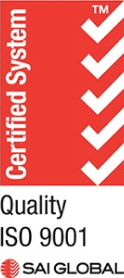Whilst most people are aware of the term ‘Death Benefit Nomination’ when talking about their superannuation, many however, are unaware of the importance of such nominations and how they can impact on their Estate Planning, writes Legal Practice Director Jeff Garrett.
By the time most people reach retirement, they will have considerable wealth built up within their self managed superannuation funds (SMSF). What a lot of people do not realise, is that the assets of your SMSF do not automatically form part of your Estate to be distributed in accordance with the terms of your Will. There are strict rules regarding payment of superannuation death benefits, including who they can be distributed to and who makes the decisions regarding these distributions. This is where Death Benefit nominations become important.
There are a number of different types of Death Benefit Nominations available within your SMSF, namely:-
1. Nominations of Preferred Beneficiary
Sometimes known as a ‘non-binding death benefit nomination’, is a situation where the member details their preferred beneficiary to receive the superannuation proceeds on their death. However, this nomination is not binding on the Trustee who has discretion to override the nomination.
2. Binding Death Benefit Nominations
As an alternative to the above, a binding death benefit nomination (BDBN) does not allow the Trustee discretion regarding payment of the super proceeds. The Trustee must pay the member’s benefits to the person(s) nominated, provided the nomination is valid (ie, the form must comply with the rules of the SMSF Deed and the person(s) nominated must be a dependant of the member or their legal personal representative).
It is important to note that not all SMSF deeds allow for BDBN’s. Before completing a BDBN, it is essential to review the terms of the SMSF Deed and where BDBN are not allowed for, an amendment is desirable.
3. Reversionary Pension Nomination
This form of nomination is only applicable in the circumstances where the member is already receiving a pension and nominates the option of a reversionary pension at pension commencement. The pension will automatically revert back to the reversionary pensioner on death of the member. The important thing about having a reversionary beneficiary is that it must be a valid nomination. The only beneficiaries who can inherit a member’s pension as an income stream are a spouse or financial dependent of the member (note: there are restrictions on paying pensions to child dependants over age 18 unless they are a student under age 25 or a child who is disabled).
It is important to note that not all SMSF deeds allow for reversionary nominations. Before completing a reversionary nomination, it is essential to review the terms of the SMSF Deed and where reversionary nominations are not allowed for, an amendment may be desirable.
4. Death Benefit Rule within SMSF Deed
This is built into the SMSF Deed’s governing rules and provides direction that a death benefit is paid in a particular way. Included would be specific details such as forms of payment, payment of different superannuation interests to different beneficiaries, providing alternative options should member’s first preference not be available and nominations of replacement Trustee on their death. Such Death Benefit Rules within the SMSF are often referred to as a ‘SMSF Will’.
Our Wills and Estates team at Attwood Marshall can answer your queries and assist you with this or any other issue you have. Contact an Attwood Marshall Lawyer today on 1800 621 071.

